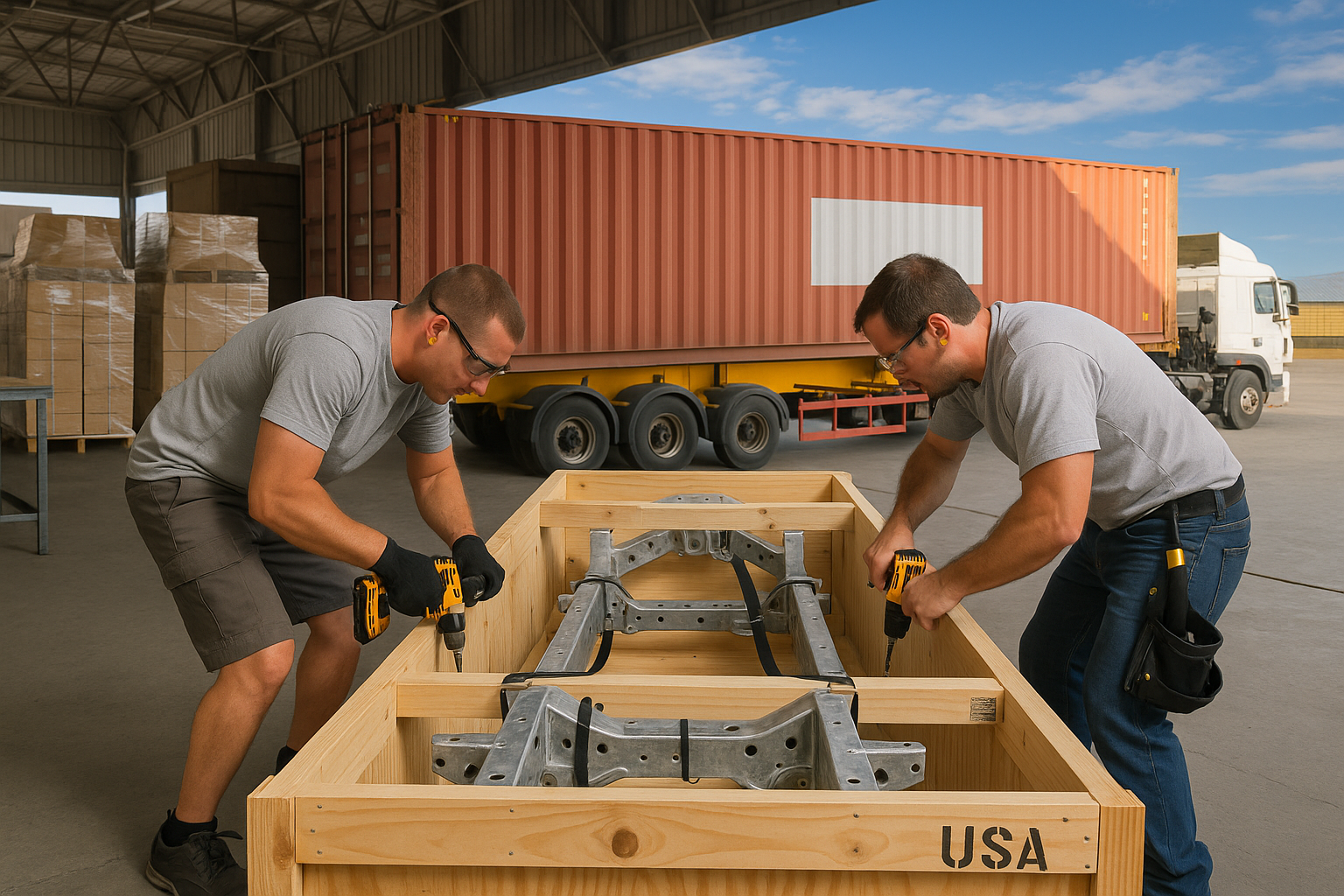The Sea Freight Journey: From Booking to Delivery
Shipping goods by sea is a journey with many steps, each essential to ensure your cargo reaches its destination smoothly. If you’re new to exporting by sea, here’s a straightforward guide to help you understand what happens from the moment you make a booking until your goods arrive overseas.
Step 1: Booking and Documentation Preparation
When you make a booking with a freight forwarder, they coordinate the necessary documentation and details, such as the commercial invoice, packing list, and customs declarations. The majority of documentation is submitted online, streamlining the customs process for your shipment.
Step 2: Collection and Transport to Consolidation Depot
After the booking, your goods are collected from your chosen location and transported to a consolidation depot. Here, your shipment is combined with other clients’ goods for a shared container, which helps optimise costs and space.
Step 3: Consolidation and Container Loading at the Shipping Line’s Depot
At the depot, the shipping line carefully loads your goods with others into a shared container, ensuring they are packed securely. Once filled, the container is sealed, labelled, and prepped for transport.
Step 4: Movement to the Port
The sealed container is then transported to the departure port. This journey to the port is closely managed to keep everything on schedule. At the port, the container is processed and awaits loading onto the vessel.
Step 5: Loading onto the Vessel and Departure
Once at the port, cranes lift the container onto the designated vessel. After loading, your goods are officially on their way. Tracking information allows you to follow your container’s progress across the sea.
Step 6: Arrival at the Destination Port and Import Customs Clearance
Upon arrival at the destination port, the container undergoes import customs clearance, usually done digitally. Customs authorities verify the documentation to ensure it complies with import regulations, sometimes selecting shipments for further inspection.
Step 7: Deconsolidation at Destination Depot
After clearance, the container is taken to the destination depot, where the goods are unloaded and deconsolidated. Your shipment is separated from the others and prepped for final delivery.
Step 8: Delivery to the Final Destination
The final leg of the journey involves transporting your goods from the depot to your specified address. The freight forwarder coordinates this step, ensuring timely and safe delivery to the destination.
In Summary
Exporting goods by sea is a multi-step process, but each stage ensures your shipment reaches its destination safely and efficiently. With the right freight forwarder, sea freight exporting becomes a reliable, cost-effective way to move goods across the globe.




